Virtual and Augmented Reality in Classrooms
Virtual reality has become a great innovation in means of technology. People are using virtual reality headsets all over the world to go into this augmented reality. Now that it’s been around for a while now, people are wondering what other uses could we have for this technology. Using virtual reality within the classrooms seems to be the next big thing to come in the virtual reality space.
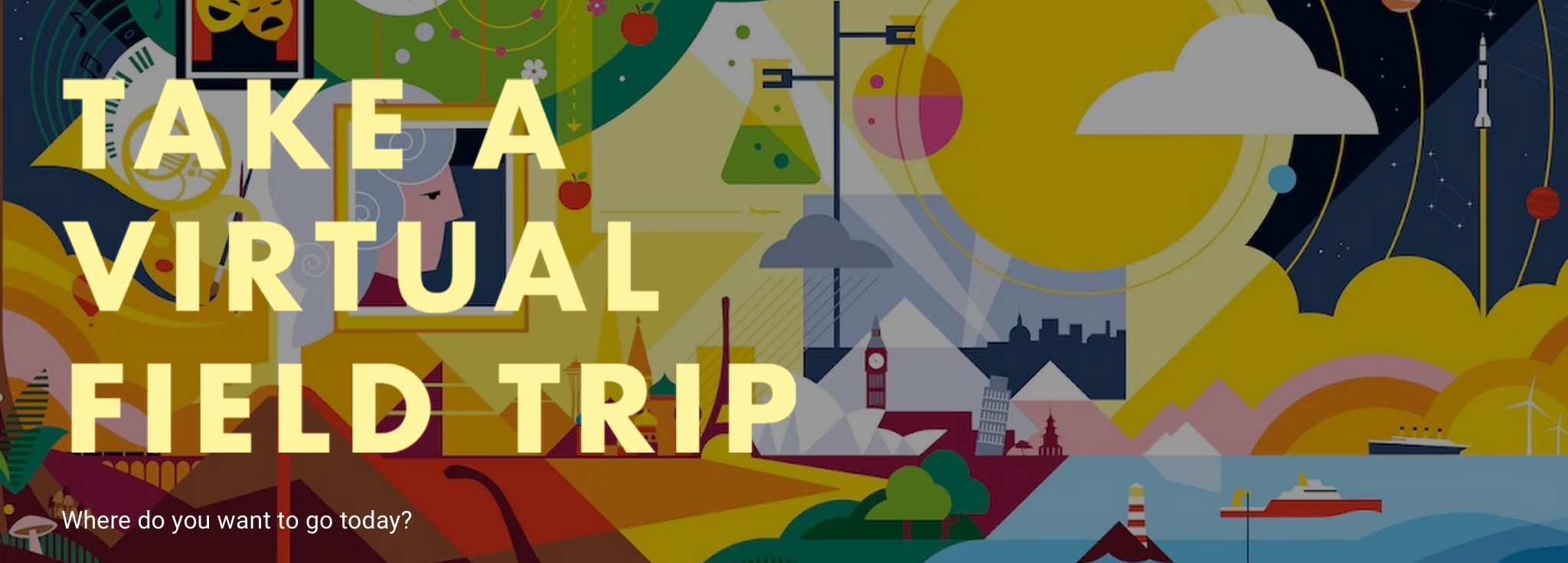
More affordable options have come about such as Google Cardboard and Gear VR that have allowed a wider arrange of people to experience this phenomenon of spatial immersion and have new innovations in their hands. Another thing Google had done was create apps for these headsets, one being Google Expeditions. Google Expeditions allows anyone to explore around the world in the comfort of their own home or classroom. With this tool, you’re able to see deep in the ocean or a country you’ve always wanted to go to. It opens a world of imagination and discovery while being safe in your own environment.
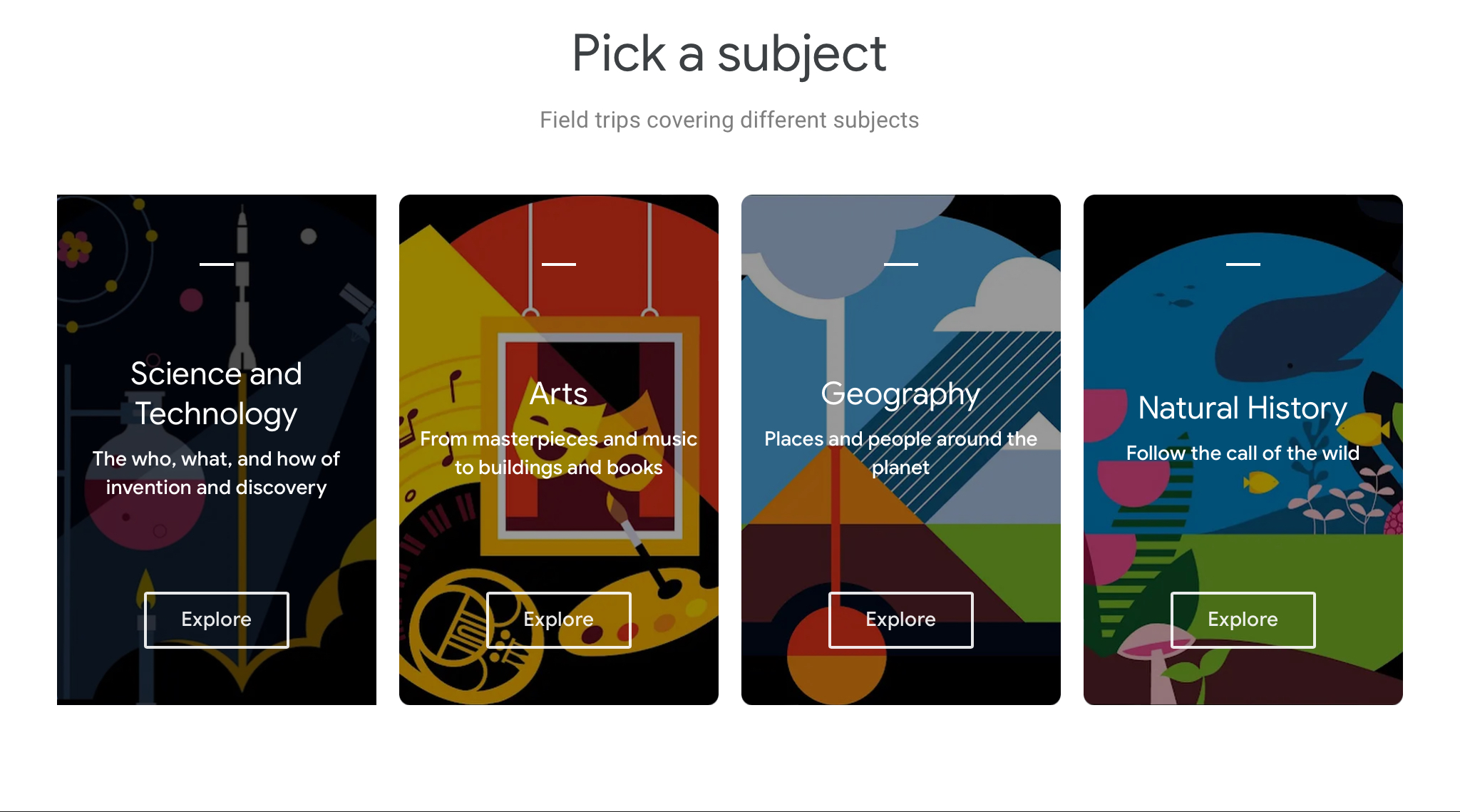
Follow this link and explore the world at your fingertips.
Out of Eden Walk
A Out of Eden Walk is an adventure conducted by Paul Salopek as he embarks on a 24,000 mile journey to show the beauty the earth has to hold to the world’s population.
https://www.nationalgeographic.org/projects/out-of-eden-walk/#section-0
One of the adventures a Walk of Eden Walk went on was a trek through Saudi Arabia, Jordan, West Bank and Israel. This trek through the Middle East took place from May 2013 until July 2014. Their journey started in Jeddah, Saudi Arabia. At this location, they walked over 60 miles and this was the first urban trek in their adventures. This location has seen a spike in population growth, contributing to the 67 billion dollar construction boom within Saudi Arabia. The city is very comparable to Los Angeles in terms of its urbanization and population. The walk was conducted with the help of Sam Nawar who is a historian of Jeddah and Mohamad Banounan who was their desert guide. Their cities, again, were very comparable to ours here in the United States. They have their morning rush hours, which they got to experience at the beginning of their adventure. They also had coffee shops and playgrounds within their city and much of it was still under mass construction.
You can find more pictures and information about this adventure here.
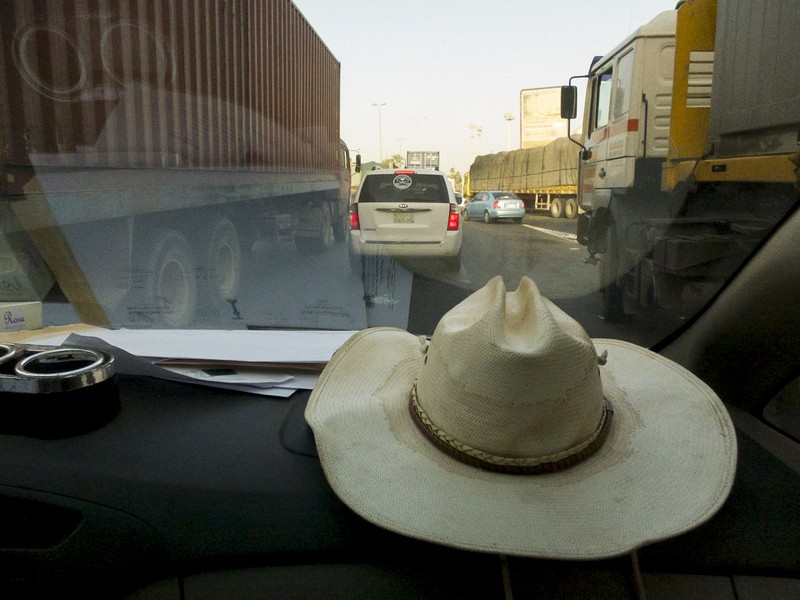

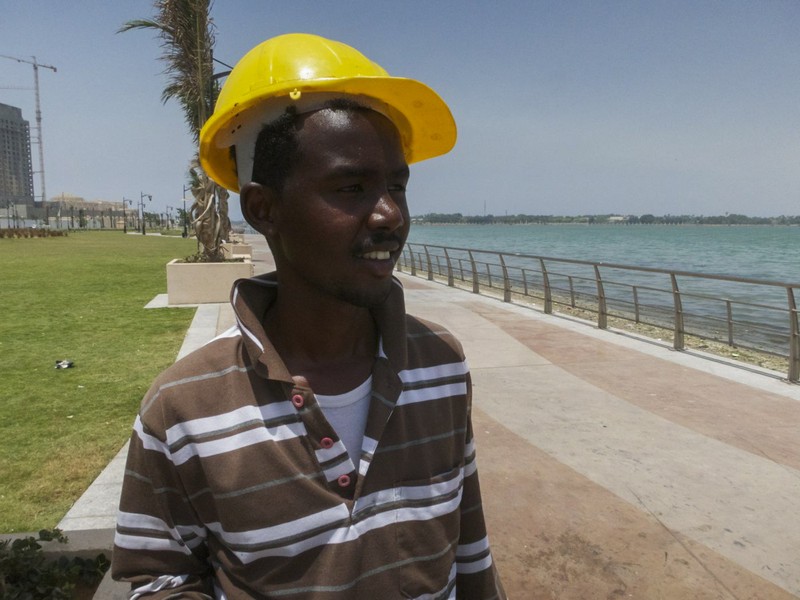
April 3 of 2016 the team of Out of Eden Walk embarked on a journey through Baku, Azerbaijan. Baku, Azerbaijan is the first oil capital of the world. Baku had been a traveling focal point for adventurers and wanderers leading all the way back to the Stone Age. Throughout history, this port offered fish and shelter for humans crossing through. During the 19th century the city had become the world’s first petroleum capital. Evidence of Baku’s history is littered throughout the city in their historical architecture still up to this day. In Old Baku especially, the beauty of the past is standing strong, remaining a staple in the city’s tourism. Despite the historical evidence throughout the city, the city still has it’s hints of modern urbanization and modern architecture that can be admired alongside the older beauties.
You can find more information and pictures about this adventure here.
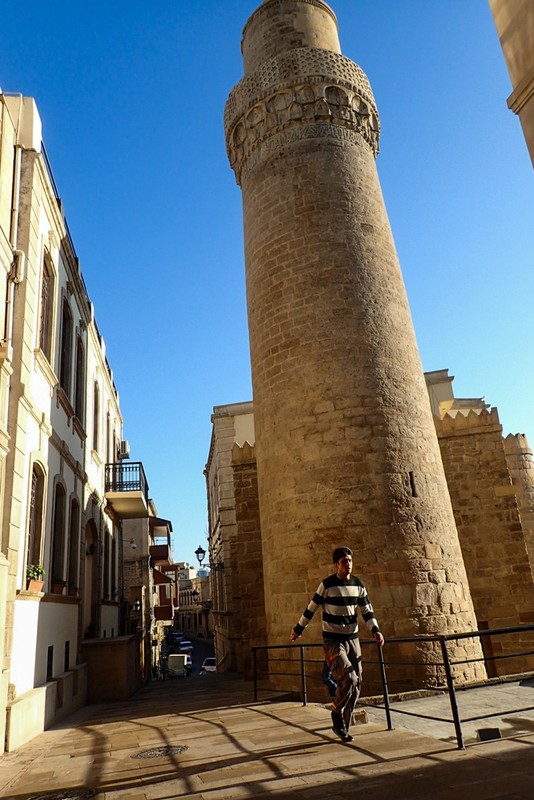

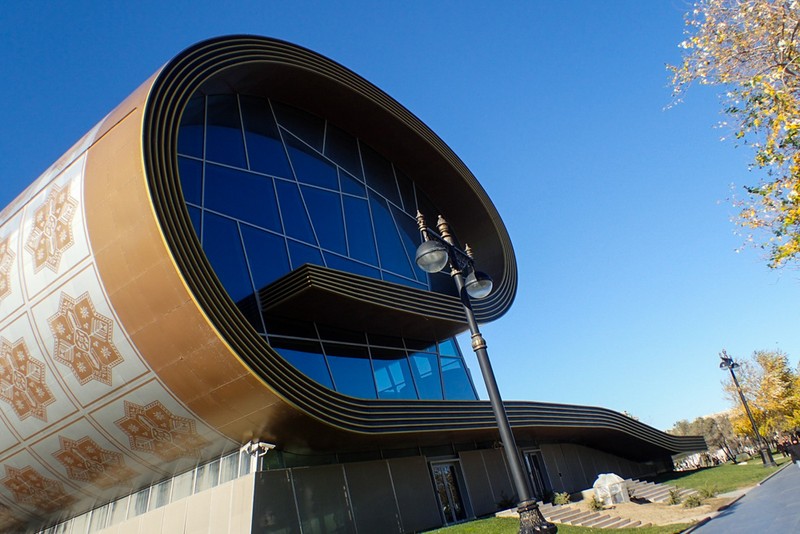
Another one of their adventures they had taken just this month on November 8, 2021 is that they traveled to Gaoligong Mountains in Yunnan, China. This was a stop of the adventure through the Middle Kingdom. The Gaoligong Mountains is considered China’s hotspot of biodiversity. This biodiverse land spans approximately 300 miles of land with about 5,000 species of plants that cover this vast landscape. Of course, this location is just as plentiful when it comes to the diversity of their wildlife. The Gaoligong Mountains have about 700 species of animals that call this beautiful landscape home. Amongst these species of animals include 154 mammals, 419 birds, 21 amphibians, 56 reptiles and 49 fish. Included in the animals that cover this land there are also approximately 1,690 different species of insects in this area. According to biologists at the Gaoligong National Nature Reserve, there are still so many different species of plants that are discovered every single year. Within the article, they also discuss just how much industrial farming, logging, overfishing, pollution and human-induced climate change is affecting areas such as this one all around the world.
You can find more information and pictures about this adventure here.
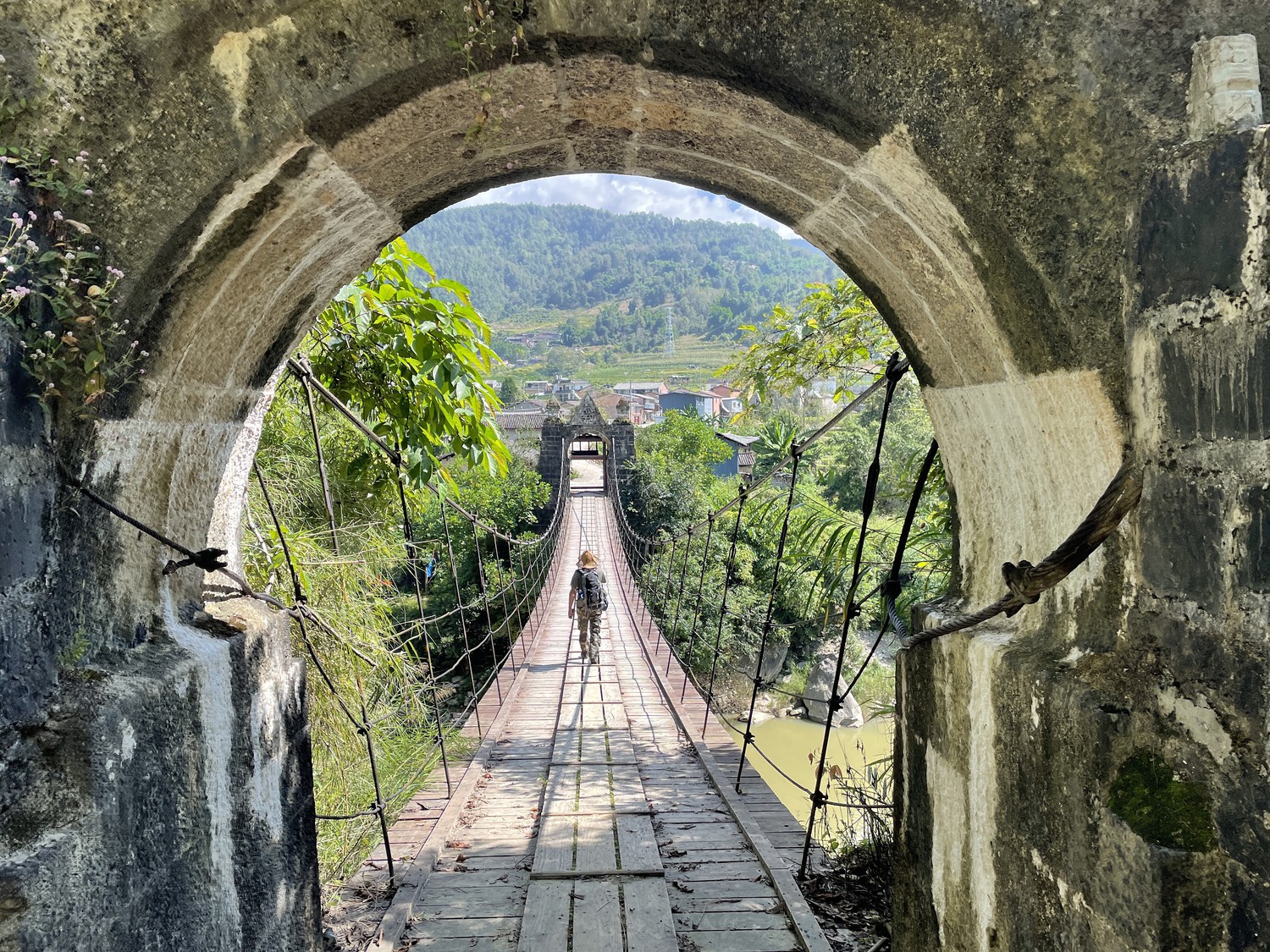
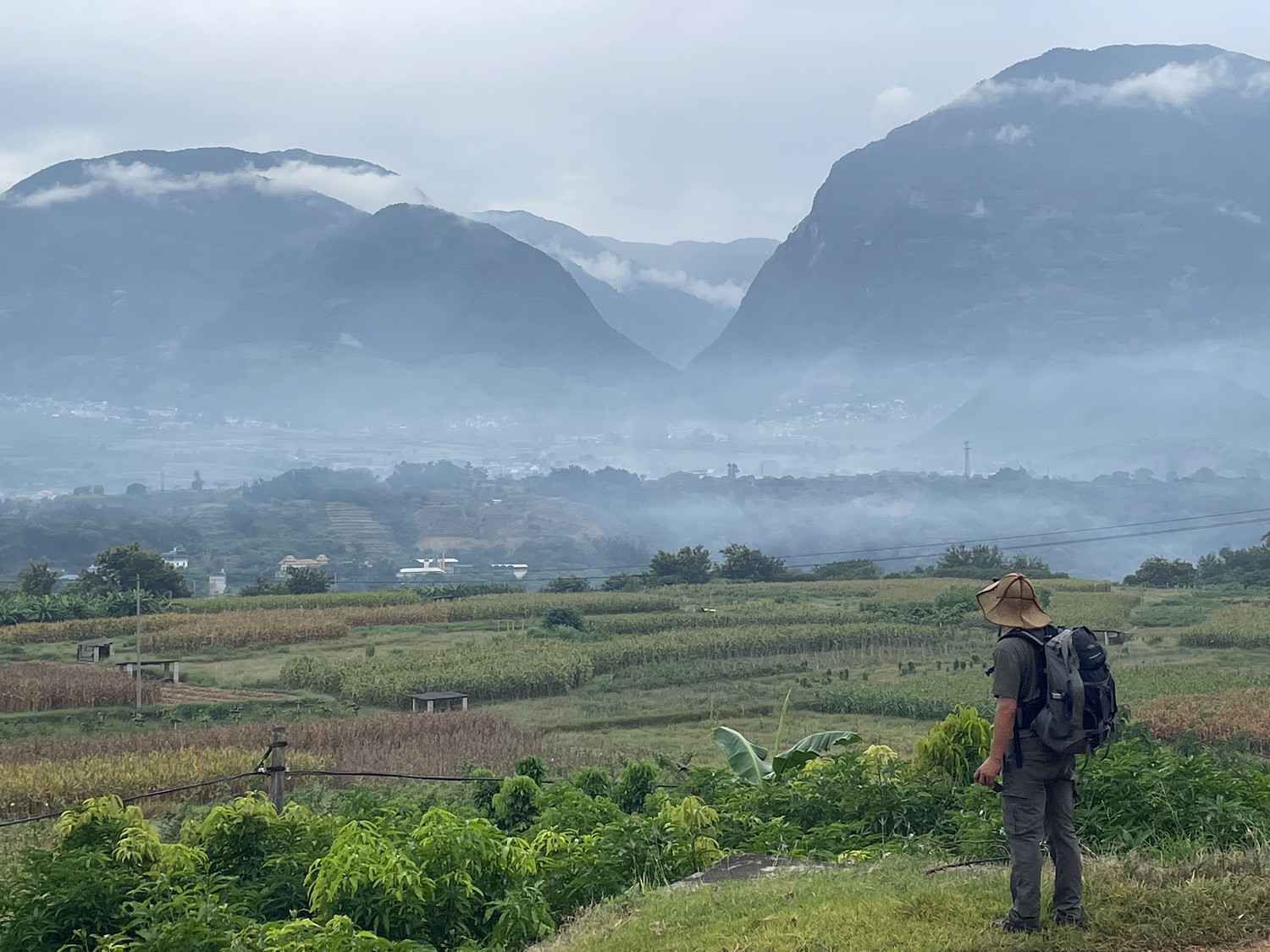
Mental Health and Avoiding Stigma

Upon exploring WE Charity and their website, I discovered The Stigma-Free Society. This organization is set on erasing stigma in our communities in all aspects while putting an emphasis on the stigma associated with mental health.

Their website highlights what exactly is stigma, the effects of stigma and how to take action in living stigma-free. “Stigma is a mark of disgrace that sets a person apart.”. They explain that stigma creates prejudice and prejudice creates unjust and negative actions and words. Prejudice and stigma within a classroom creates an environment of hostility and makes it difficult for students to learn at their greatest potential.

Within my own classroom I want to do my best a create and maintain a stigma free zone where my students can free safe and comfortable in their own bodies and their own minds. Using The Stigma-Free Society’s ACTION plan as shown above, I will ensure that when my students walk through my classroom doors, they feel welcomed to be who they are without fear of prejudice and stigma.
Links:
Hyperdocs

Hyperdocs are amazing tools to use within any classrooms. Hyperdocs provide an interactive, engaging lesson where students are able to really take hold of their own education at their own pace. This tool has the potential for so many different lessons and activities for students of all ages and grades. They’re compatible with many different brands and technological materials students may use.

Upon doing my own research on hyperdocs, I found a twitter post that linked to an amazing hyperdoc for an online field trip! I found this hyperdoc when I looked for some examples on twitter. This hyperdoc takes a trip through the San Diego Zoo to research the different animals they have. Click here to take a look at this amazing tool! Click here for the link to the twitter post I found in order to discover this hyperdoc.

National Museum of Natural History

The Smithsonian National Museum of Natural History is truly an amazing museum with exhibits and fun for every age to educate themselves. The Smithsonian was founded in 1846. The museum went through decades of additions and transitions before officially opening up to everyone. The museum opened its doors to the public in the year 1910 and is open to the public to this day.

The Smithsonian website has amazing opportunities to explore it’s great exhibits from the comfort of your own home! Through their virtual tour tool, it makes navigating through the museum easy and seamless while keeping that same fascinating, invigorating nature. It is as though you are walking through this historical museum yourself. Visit the website through this link to explore this virtual tour: https://naturalhistory2.si.edu/vt3/NMNH/z_tour-022.html

Roma
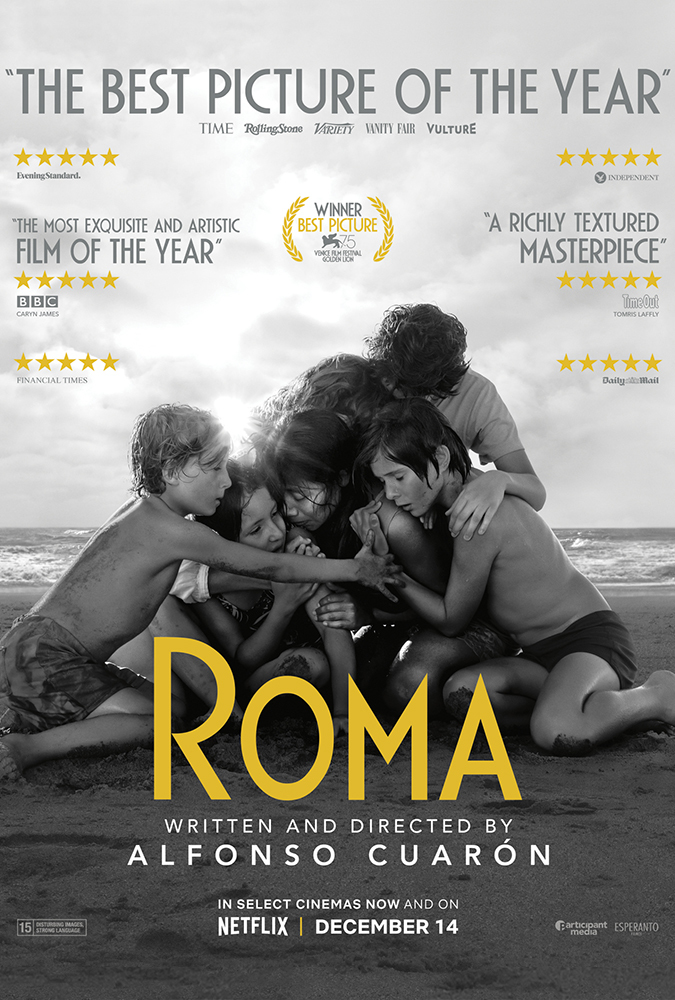
Roma is a movie that takes place in Mexico in the 1970s. It’s about a live in domestic worker who’s job it is to take care of a middle class family in the city. This movie recreates Mexico at the time very realistically; the way the buildings are, the city, the cars. Roma did a great job at depicting 20th century Mexico and their political and social environment.
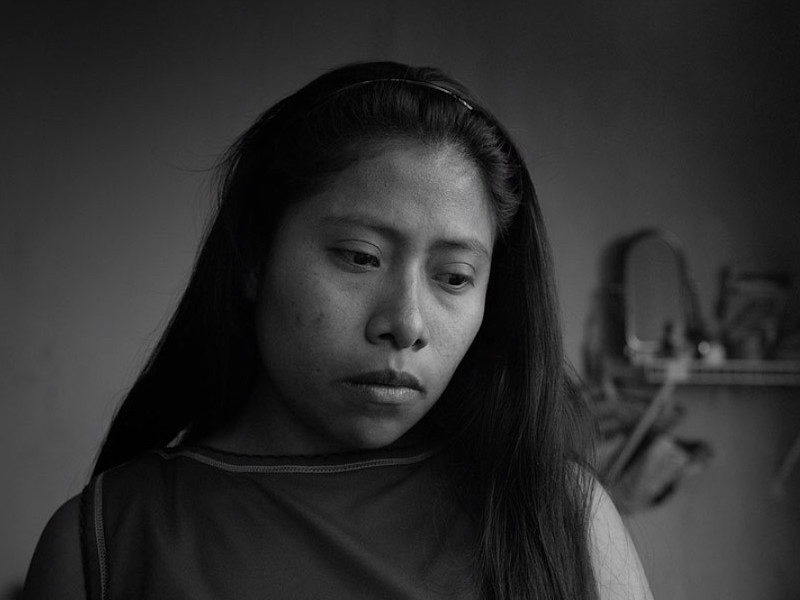
One of the great things about this movie is the fact that it has actors from the country represented. Yalitza Aparicio Martínez who is the main actress was very refreshing to see on such a successful movie. A lot of the time in Hispanic movies and television, people with traditionally Central American features aren’t depicted on the screen. My husband is from Guatemala and even growing up, it was so rare for him to see people that look like him on the screen. The representation is well overdue and exciting to see.
Microsoft Translator

Microsoft translator is an amazing tool to broaden the ability to communicate to a wider audience. As an educator, it’s extremely important to keep students and parents informed with correct and accurate information. When students and parents speak a variety of languages, it may be difficult to provide them with information. Microsoft translator is an easy, efficient way to break those communication barriers and open the conversation for questions and answers despite native languages being different.

One of the most amazing features in this app, in my opinion, is the ability to take pictures or screenshots of text and get them translated into any of the over 100 languages Microsoft translator supports. To have the ability to take documents and get them translated so easily and accurately is an amazing feature for this app to have.

In my own everyday life, the mobile app Microsoft translator has helped me immensely. Many people in my own family as well as my husband’s native language is Spanish. I know just enough Spanish to get by, so this app helps tremendously with forming better communication with those close to me.
Biodiversity and Deforestation

Goal 15: Restoring what human kind has taken away from nature is an important goal to have when thinking about the future of the planet we live on. We should find ways to combat the horrors of disforestation and the amount of biodiversity loss we, as a collective species, have caused.

To retain astounding, beautiful sceneries like this one, people must stand to fight to combat deforestation. In the article read, one of their main targets was to combat deforestation and degradation of land by the year 2030. We have less than a decade now to try to hit that target. While their studies show that from 2000 to 2020 forest area has increased in places such as Asia, Europe and North America, there are still places where deforestation is still an ongoing issue; Latin America and sub-Saharan Africa being two of these places.

Another target they had was to halt the insistent poaching and trafficking of beautiful animals such as those above. Protecting these species from poachers is essential in being sure these endangered animals do not go extinct. Within their target, the article also mentioned increasing the ability for local communities to find other sustainable livelihood opportunities.
Protecting our forests, biodiversity and animals is a global effort and it takes everyone to share information and contribute where we can to help combat these disasters.
Link: https://sdgs.un.org/goals/goal15
National Geographic: Explorer Classroom

National Geographic is a beloved channel many tune in to watch. I know when I was younger, I would watch it all the time. Well, this beloved channel has now made another great educational tool called Explorer Classroom!
https://www.nationalgeographic.org/tickets/explorer-classroom/?page=1
Explorer Classroom creates interactive sessions with experts in several different fields of work and study; scientists, researchers and storytellers are all included within these experts. One of the beautiful things about this is that it’s completely free and open to the public. Explorer Classrooms works on a schedule; Mondays at 11am is for ages 4-8 and Thursdays at 10am and 2pm for 9-14. In exploring the schedule for this month, I noticed there was a nice range of subjects such as bats, plastic pollution and elephant seals.

Upon discovering this amazing platform, I started watching a few of the already recorded sessions. My favorite was the ‘Tour a Conservation Station with Andy Whitworth’. During this session, they explored a conservation station in Costa Rica. They talked with different teams that were doing their own projects and research. After the experts explained their studies, they took questions. Questions were brought in both live via zoom and over the YouTube chat. Even as an adult, I thoroughly enjoyed the content and learned a ton.
Explorer Classroom is a great tool to get students to readily learn and explore the world around them. The interactive potential was amazing to see. I’d definitely use it in my own classrooms when approaching a subject, or perhaps just as a great educational downtime.
Minecraft for Educators
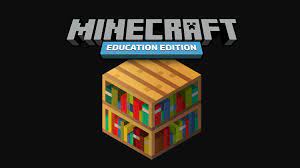
Minecraft has taken the game so many fell in love with and has turned it into an extremely interesting, educational tool. Minecraft can already be a very interactive game, but in this version of the game, it takes educational topics and mixes it with that collaboration feature.
In Minecraft: Education Edition, creativity is key. The teacher controls the lesson, just as they would for any other. They control the biome, the environment, the weather; seemingly everything. All the while, students and teachers alike who are in your controlled universe, can communicate and interact just as they would a regular classroom. As they go through quests and explore the world, they’re able to communicate with either the teacher themselves only, or the whole classroom. This opens up a great level of collaboration in the virtual age, where communication and collaboration are often lost. The best part, it’s doing something they already enjoy.

An awesome tool within this interactive, educational game is that they have subject kits. I decided to play around with this edition of the game when I started looking into it and I noticed they had worlds already made. For example, I’m an aspiring history teacher, so I decided to explore their history and culture subject kit. In this kit they had several worlds, ranging from Ancient Egypt to Exploring World War 1. They also had worlds for the Chinese Tang Dynasty Capital and the Jamestown Settlement. There are many, many more but these are the ones I found most interesting. Within these kits are already placed historical figures and the students can go up to them with their character and talk to them. The historical figure in the game will give them information about themselves and their importance. If the student comes up with questions that they may have after the interaction, it is very simple to communicate with the rest of the class or teacher to ask questions.
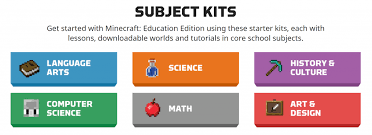
When I saw this tool, I knew I had to share it. I never heard of it before and upon beginning my own mock trial of it, I was even more inspired. The collaboration potential for these children that are now solely being taught online is astounding. The way the students can interact and feed off one another to complete these educational quests the teacher prepares is creatively brilliant. I definitely look forward to working with this more and exploring all it has to offer. I’m very excited I got a chance to share it and hope it may inspire some others.
Recent Comments